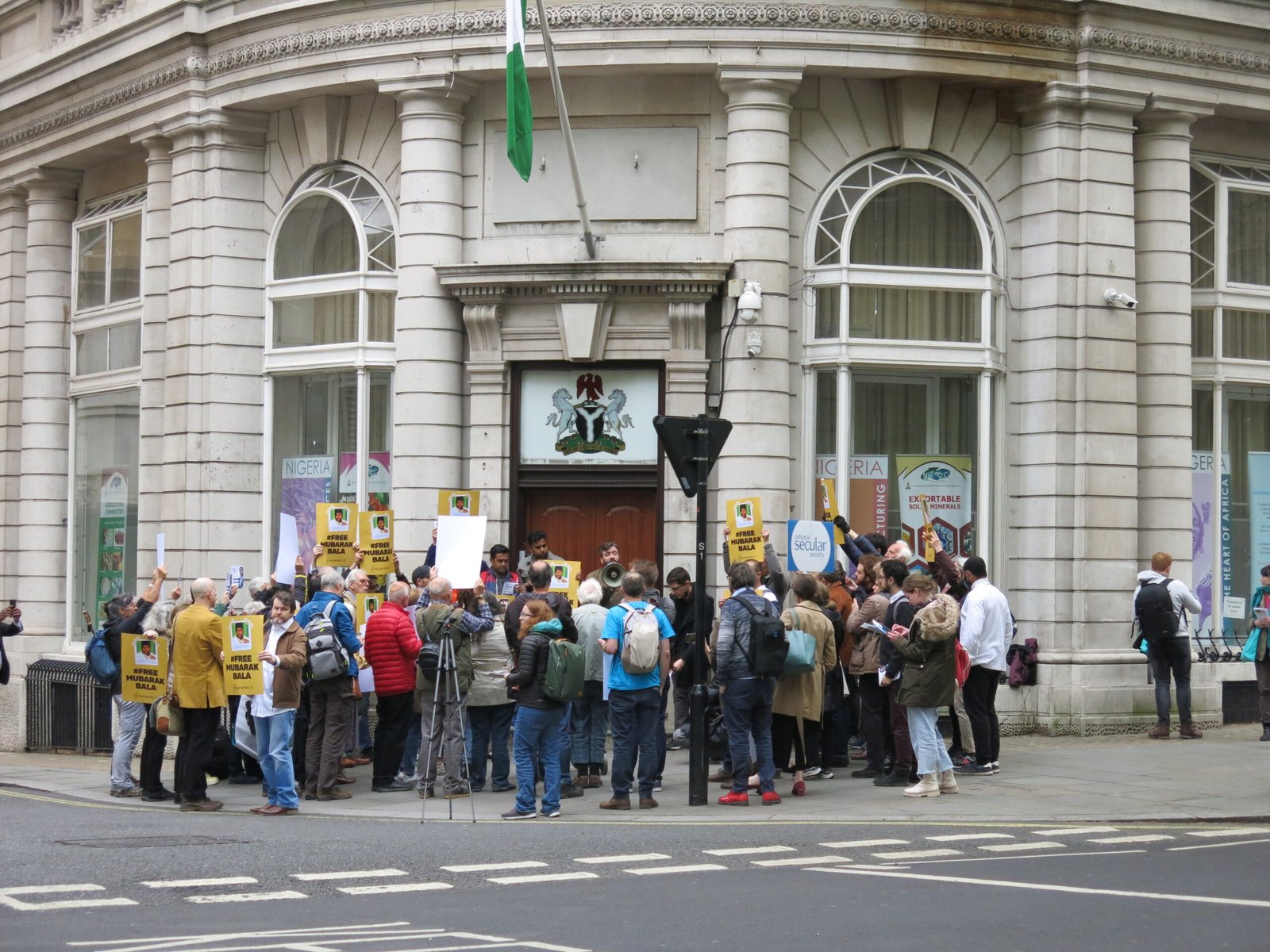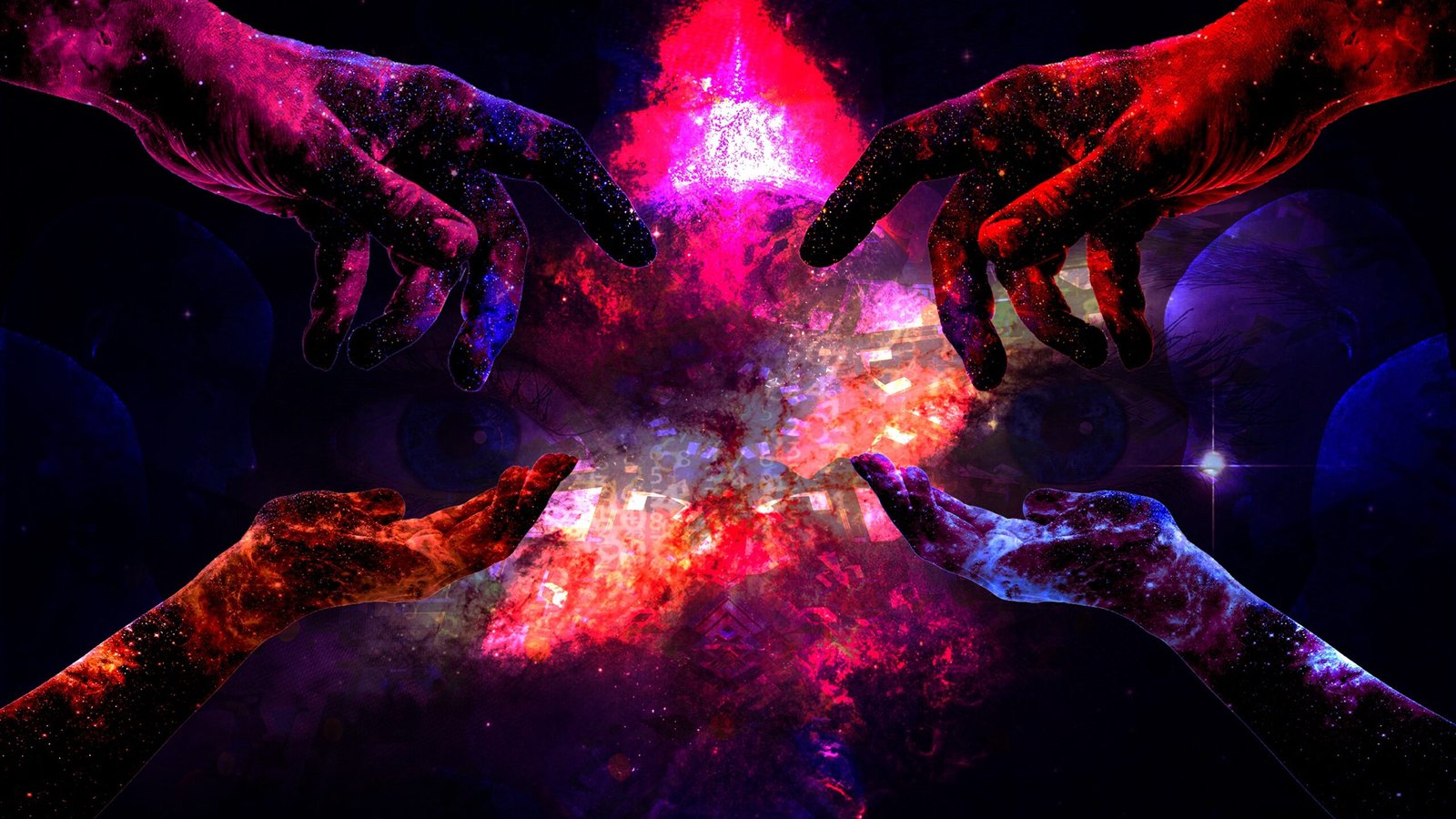Maija and Tim Ahrentløv, founders of Invisible Pink Unicorn, speak to Conatus News about atheism and starting a jewellery business targeted at atheists.
The classic Invisible Pink Unicorn (IPU) symbol was designed by Tim Ahrentløv in 2003. He published it online and made it free to use, offering free file downloads from the website. Tim then received many emails over the years from people who had either tattooed the symbol on their body, put it on their car as decal, or otherwise incorporated it in their lives.
He made a gallery with the images on the website. Throughout the years, many different people and online shops have sold t-shirts, mugs, hats, and other merchandise featuring the symbol. In 2013, 10 years after Tim designed the symbol, he and I spoke about the possibilities of doing more with the symbol.
The idea for handmade fine metal jewellery was thus born.
We redesigned the classic IPU symbol to make it into an elegant jewellery design. Initial production began in 2016 and we aired the online shop late December 2016. The jewellery is represented on invisiblepinkunicorn.com and on Instagram and Facebook as @ipujewelry. The classic IPU symbol is represented on invisiblepinkunicorn.org and on Twitter and Instagram as @ipuspotting. We use the hashtag #dontbeinvisible for both.
Scott Jacobsen: I appreciate you taking the time today to talk about the Invisible Pink Unicorn. You two founded the jewellery shop, Invisible Pink Unicorn. This seems to be a play off on one of the more prominent examples given in the non-believing community, including the orbiting teapot, the flying spaghetti monster, and so on. What was the inspiration for the Invisible Pink Unicorn symbol back in 2003?
Maija Ahrentløv and Tim Ahrentløv: The Invisible Pink Unicorn story was one of the first stories to circulate the Internet newsgroups. It is a story that atheists tell to make a point. When believers use the ‘God did it’ explanation whenever some phenomena is left unexplained by science, atheists reply with a ‘The Invisible Pink Unicorn did it’ to illustrate the lack of explanatory power behind such reasoning.
Tim wanted to create a symbol for atheism and put it out there. So he designed a stylised representation of a unicorn. It is part the mathematical void symbol and part a reference to the Invisible Pink Unicorn story from the newsgroups. Parody is not part of the design or the intent behind the design.

Jacobsen: How has business been over the years?
Ahrentløvs: The commercial part is a new initiative that we began mid 2016. So we are just starting out on the business side of things.
Jacobsen: Invisible Pink Unicorn jewellery is a niche market, I assume. If so, do you expect there to be a long-term growing sales market for it?
Ahrentløvs: Selling jewellery to atheists must be the definition of a niche market. It will require a lot of patience and effort to grow the business. Selling jewellery is hard. Pitching the idea of wearing your non-belief to atheists is even harder. But we are definitely in it for the long haul.
Jacobsen: What is the purpose of this particular theme for the jewellery? Who else sells similar jewellery?
Ahrentløvs: The symbol just means ‘Atheism’. We would like the jewellery to say: ‘I’m an atheist, but that does not make me a bad person’. To our knowledge. our combination of idea and execution is rather unique.
Jacobsen: As a symbol for atheism–and this is almost a universal for public figures or organizations–any death threats from the self-proclaimed representatives of the religion of peace or the religion of love for being public advocates or proponents of atheism?
Ahrentløvs: All is quiet. We hope it will stay that way. After all, our mission is not to dig the trenches any deeper, to stir up yet another controversy, or to hurl insults at believers. In fact, we are actively working very hard NOT to communicate directly to theists at all.
Our business is first and foremost with atheists. Because we have the opportunity to put a friendly face on atheism and make a conscious effort to change the stigma of atheism. If we can help erode harmful sentiments about atheists–one theist at a time–then maybe later on, the atheist and the theist can have a civilised talk about the other stuff too. About science, evidence, epistemology, and why atheists don’t believe in a God.
Jacobsen: What seems like the best argument for atheism to you? Is this a good alternative means of atheist activism, selling symbols through jewellery?
Ahrentløvs: The jewellery is not about arguments for atheism. We want to be clear about that because we don’t want the jewellery to be associated with that kind of story. We want to leave the arguments for atheism to the atheists themselves. The jewellery is for atheists wanting to show that they are atheists. It is for friendly, everyday, non-activist atheists who also believe that ‘coming out’ could help dispel prejudice about atheists.
All we want with the jewellery is to give such an atheist a subtle and unobtrusive way of expressing: ‘I’m an atheist, but that does not make me a bad person.’ When people find out that this person they like and respect is an atheist, it will challenge their negative notions about atheists. It might help them realise that being an atheist doesn’t say anything about who you are as a person.
Jacobsen: Is there a possibility of expanding the market to selling other atheist symbols for you?
Ahrentløvs: No. We need to focus. But we hope we can inspire others to follow and help us grow this cause and this market.
Jacobsen: Any feelings or thoughts in conclusion about our discussion today?
Ahrentløvs: We just wanted to thank you for your interest and giving us the opportunity to reach more atheists out there. Thank you so much.
Jacobsen: Thank you for time, Maija and Tim.






Article Discussion